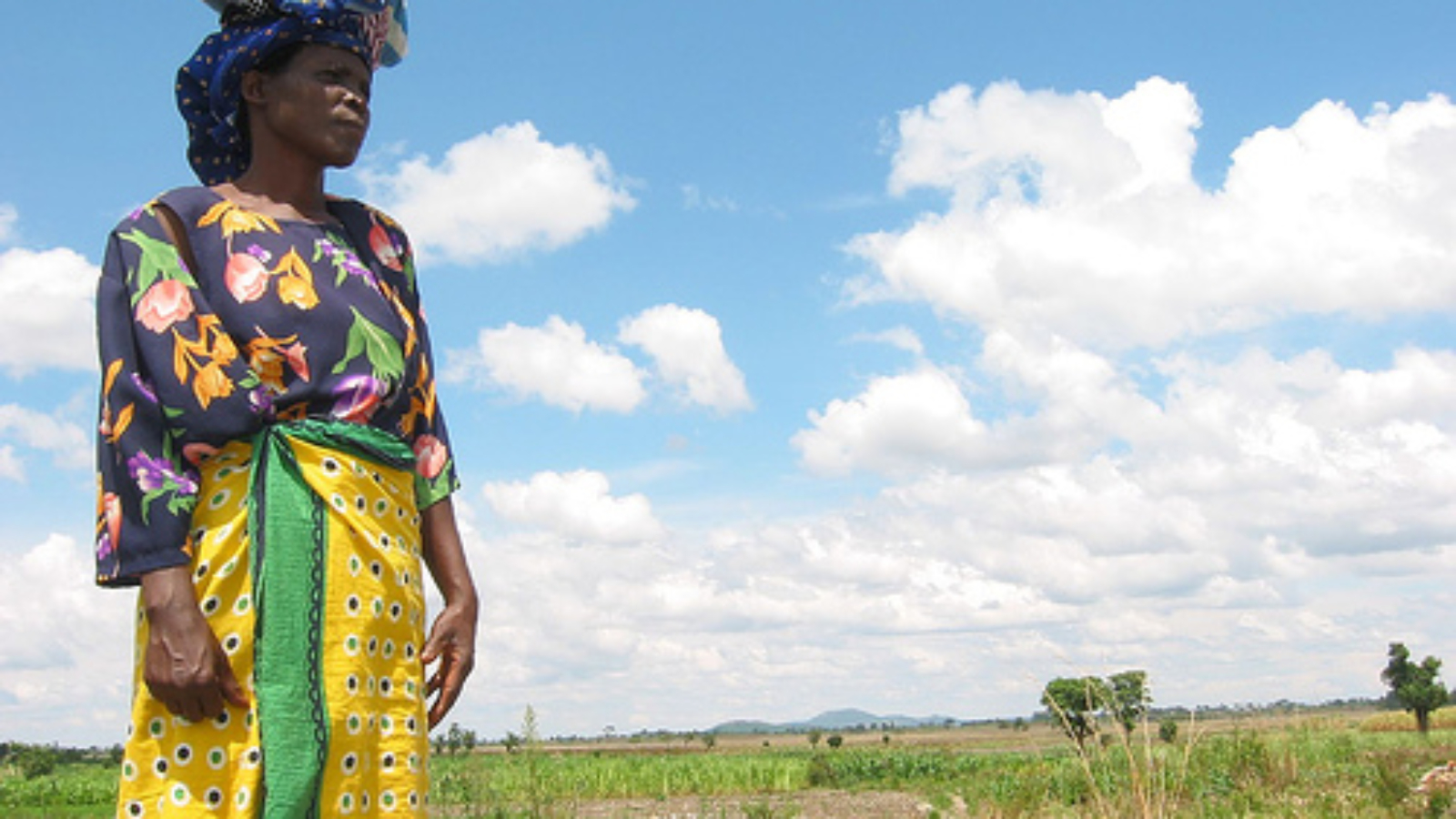By Danielle Nierenberg & Brian Halweil
One billion people go to bed hungry every night–a statistic that seems staggering, particularly in the West. Although it may seem easiest to donate money or food aid to sub-Saharan Africa–where the majority of people depend on agriculture for their livelihood but still do not get enough to eat–donations do not create permanent solutions.
Climate change is increasing the intensity of natural disasters, causing food prices to skyrocket. Now, more than ever, funding for agriculture is needed. Unfortunately, global interest in helping the hungry has plummeted in the last two decades, as international investment in agriculture has dropped. Agriculture’s share of global development aid has fallen from 19 to 5 percent since the 1970s.
Because agricultural land makes up such a large percentage of Earth’s surface and affects everything from rivers to air quality, the world cannot tolerate the unintended negative consequences of poor food production methods. Farmers everywhere, especially in sub-Saharan Africa, need crop variety and new farming techniques that help them handle increasingly erratic weather.
There is no one solution. In fact, the one-size-fits-all approach has already caused significant damage. Not every innovation is worth investment, and many that deserve attention don’t have access to limited resources. Past attempts failed because they discouraged diversity, depended on chemicals, and ignored female farmers. The food system needs to change—and quick.
Farmers in Kenya, Ghana, Madagascar, and other countries in sub-Saharan Africa understand why protecting pastoralist rights can help to restore grasslands and preserve indigenous livestock breeds; how encouraging fishmonger groups to increase production value can reduce food waste; and why exotic breeds of rice do not always work for Malagasy farmers who have relied on indigenous breeds for generations. Environmentalists, economists and agriculturally conscious politicians agree that innovation, increased yields and incomes, and environmental protection are intertwined and crucial to solving food security.
From seeds to water
The vast majority of global agricultural investment is for seeds. Meanwhile, the environment in which the seeds grow has been neglected. In sub-Saharan Africa, where malnutrition is the highest, just four percent of farmland is irrigated (in Asia, 70 percent of farmland is irrigated). In Ethiopia, Kenya, Tanzania, and Mali, the hundreds of thousands of farmers using inexpensive, locally-made water pumps have seen incomes double and triple because they can grow a greater variety of crops over a greater share of the year and are protected from drought.
These farmer-led innovations are crucial for not only conserving water, but also building soils, protecting biodiversity, sequestering carbon and ensuring that farmers have a reliable market for their crops.
Cut the slack
Instead of solely increasing production, make better use of what we already produce. A shocking 30 to 50 percent of the harvest in developing nations spoils or is contaminated by pests before it can be consumed.
Simple fixes can go a long way. In Nairobi, Margaret Njeri Ndimu sells goat milk in plastic bags sealed with candle wax. She learned this simple process through a training program provided by the Mazingira Institute. The bags make it easier for her to manage and sell milk in small quantities in portable containers.
Go local
Community support is just as important as new farming techniques. Locavores in the U.S. argue for the benefits of a decentralized food system. Solutions for hunger are rooted in harnessing local crop diversity, building locally-owned infrastructure and developing regional markets.
In Kampala, Uganda, Slow Food International helps revive neglected indigenous foods that encourage agricultural diversity from the field to the table. At the World Vegetable Center in Tanzania, researchers work with farmers to breed vegetable varieties that do not need pesticides, use less water and thrive in the local environment. Babel Isack, a Tanzanian tomato farmer, advises staff at the Center about the best tomato varieties, including those that do not need chemical sprays and have a longer shelf life.
Position farms on the front line of climate change
Agriculture is the human endeavor that will be most affected by climate change. Yet it is also one of the biggest causes–responsible for nearly one-third of global greenhouse emissions. Farming with perennial crops, cutting nitrogen fertilizer use, managing manure and other compost materials better, and reducing erosion could offset one-quarter of global greenhouse gas emissions.
According to Dr. Frank Place of the World Agroforestry Centre, several million farmers in sub-Saharan Africa are using leguminous trees and shrubs that are either grown alongside, before or after their crops. This technique improves soil, doubles or triples yields, eliminates the need for artificial fertilizers, and sequesters carbon.
All of these measures prove the existence of untapped potential for boosting global food production, strengthening rural communities, rebuilding ecosystems and reducing poverty and hunger.
“So many people come from outside,” says Salibo Some, the Director of the Africa Sustainable Development Council, “and decide what people need.” But agricultural development, Some says, “must be the decision of farmers and other beneficiaries.” It’s not enough to give people seeds, fertilizer, or better tools or equipment. By helping communities learn better agricultural skills, as well as better business skills, donors “can help the poor transition from subsistence to entrepreneurship,” Some says.
Agricultural investment is crucial, but donors need to recognize that that should include investment of the farming communities. Sustainable solutions will involve farmers and communities working together to feed themselves.
Image via Flickr, user vredeseilanden
